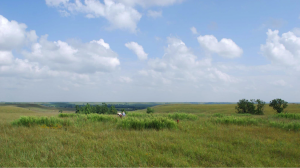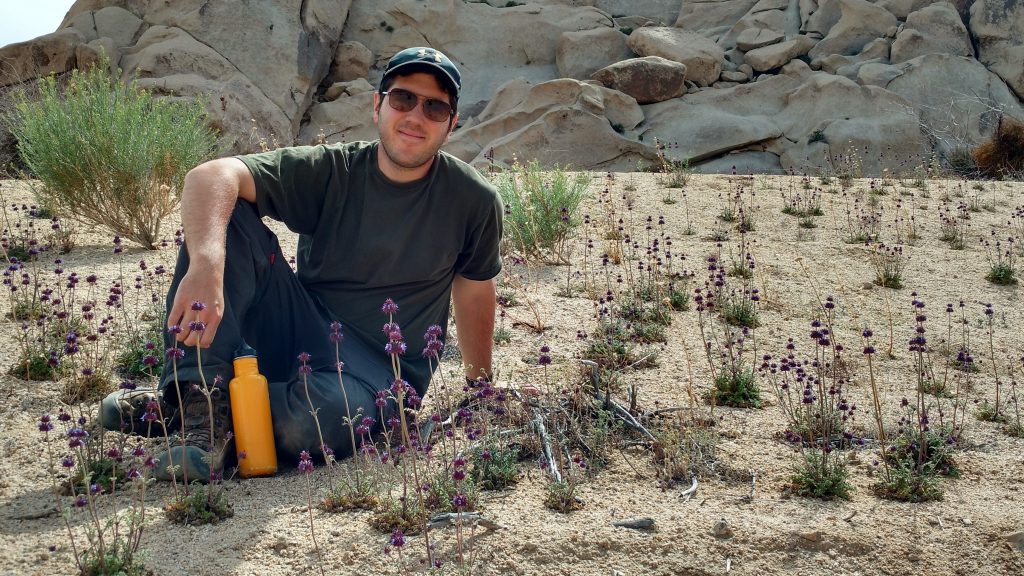Global change will alter resources, which are predicted to change the composition and functioning of plant communities. Here, I present the results of several projects studying plant community changes in response to resource manipulations. First, I present data from an experiment at Konza Prairie Biological Station in Manhattan Kansas. In this experiment, nutrient additions (nitrogen and phosphorus) turned the tallgrass prairie from being dominate by C4 grasses to C3 forbs. Next, I detail plant community responses to resource manipulations across ~100 experiments world-wide. This data synthesis found that when 5 factors are simultaneously manipulated, there are drastic changes in the plant community. Additionally, the greater number of factors that are manipulated, the greater the change in productivity. Lastly, I review my current postdoctoral work, focused on developing new ways to study patterns of community change using rank abundance curves.
Photo of the phosphorus plots experiment at Konza Prairie Biological Station. Photo Credit: Melinda Smith


